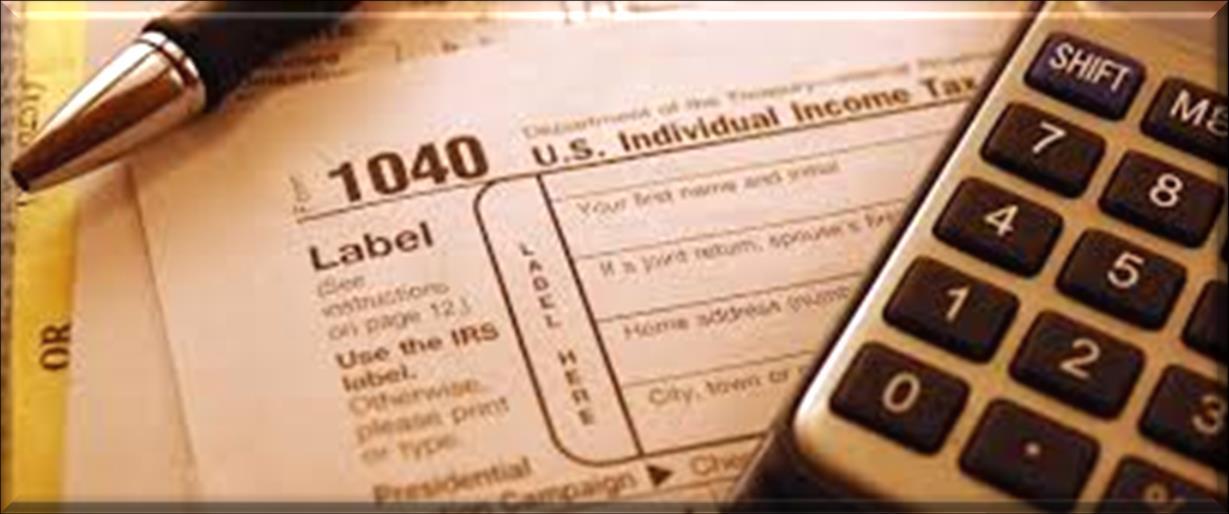
2 minute read
Section 1031 Like-kind Exchanges

Section 1031 Like-kind Exchanges

1031 Exchanges for DST Investments
An Introduction
Introduction to the 1031 Exchange
The United States Internal Revenue Code Section 1031(a) reads as follows:
I.R.C. § 1031(a) Nonrecognition Of Gain Or Loss From Exchanges Solely In Kind
I.R.C. § 1031(a)(1) In General —
No gain or loss shall be recognized on the exchange of real property held for productive use in a trade or business or for investment if such real property is exchanged solely for real property of like kind which is to be held either for productive use in a trade or business or for investment.
I.R.C. § 1031(a)(2) Exception For Real Property Held For Sale — This subsection shall not apply to any exchange of real property held primarily for sale.
I.R.C. § 1031(a)(3) Requirement That Property Be Identified And That Exchange Be Completed Not More Than 180 Days After Transfer Of Exchanged Property — For purposes of this subsection, any property received by the taxpayer shall be treated as property which is not like-kind property if—
I.R.C. § 1031(a)(3)(A) — such property is not identified as property to be received in the exchange on or before the day which is 45 days after the date on which the taxpayer transfers the property relinquished in the exchange, or
I.R.C. § 1031(a)(3)(B) — such property is received after the earlier of—
I.R.C. § 1031(a)(3)(B)(i) — the day which is 180 days after the date on which the taxpayer transfers the property relinquished in the exchange, or
I.R.C. § 1031(a)(3)(B)(ii) — the due date (determined with regard to extension) for the transferor's return of the tax imposed by this chapter for the taxable year in which the transfer of the relinquished property occurs.
According to Internal Revenue Code § 1031, an investor can defer capital gains tax and depreciation recapture by reinvesting the proceeds from the sale of real property into replacement property, thus potentially preserving significant wealth in their estate.
Section 1031 has been a vital economic stimulant and part of the tax code since 1921. A study of the early tax court cases clearly shows that the two key purposes for the provision were (1) to avoid unfair taxation of ongoing investments in property and (2) to encourage active reinvestment.1 The use and dependence on § 1031 exchanges have grown over the past nearly 100 years to be a major cornerstone of today’s real estate market and national economy. Without the possibility of tax deferral on capital

gains, a buy-and-hold mentality would pervade the real estate industry, resulting in significantly less sales transaction volume and lower values. Furthermore, the ripple effect of fewer real estate transactions would significantly retard the national economy, as businesses associated with real estate such as real estate brokers, appraisers, architects, painters, building contractors, and furniture retailers would all have less revenue. Even public schools and local governments would feel the effect of real estate values not being regularly reassessed. Accordingly, over the decades, Section 1031 has survived multiple tax reforms, including the 2017 Tax Cuts and Jobs Act. Cornerstone, as an associate member of the Federation of Exchange Accommodators (FEA), has lobbed on Capitol Hill to protect and preserve Section 1031 exchanges.

